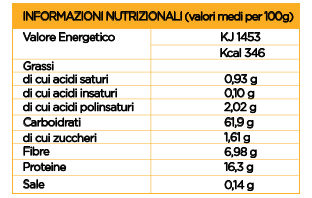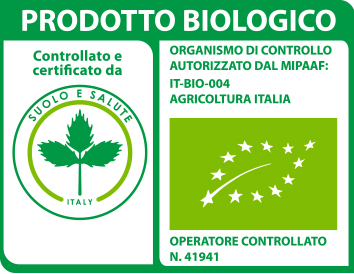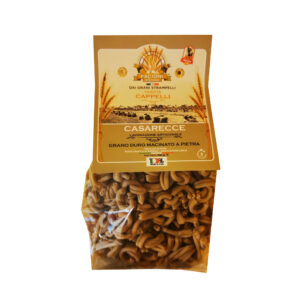Descrizione
ITA -Nei primi decenni del ‘900, Rieti è stata la patria della granicoltura mondiale grazie al lavoro del grande scienziato Nazareno Strampelli. E’ proprio in questo territorio che egli avviò le sue ricerche genetiche, che lo portarono a creare grani destinati ad ottenere importanti risultati in ogni zona agraria dell’Italia e di gran parte del mondo. Tra le tante varietà di grani Strampelli, quella più longeva è di certo il “Senatore Cappelli”, un grano duro selezionato per resistere ai climi aridi del sud e sperimentato a lungo anche in Sabina. Ad oltre un secolo dalla sua creazione, questo cultivar duro è ancora usato per la pastificazione e panificazione, con non pochi apprezzamenti anche nell’alta ristorazione. In questo caso la pasta “Senatore Cappelli “ è stata prodotta in purezza e con grani coltivati in Sabina. Notizie tratte da “Strampelli: la rivoluzione verde di Roberto Lorenzetti. Rieti, 2012”.
ENG -In the first decades of the ‘900 century, Rieti has been the worldwide known birthplace of the wheat, thanks to the job of the great scientist Nazareno Strampelli. He started his genetic searches in this area and they led him to create different types of wheat destinated to achieve important results in every agrarian zone of Italy and in some parts of the world. Among the so many variety of Strampelli’s wheat, the eldest one is surely the “Senatore Cappelli”, a particular wheat chosen for its resistance in the arid climates of the south of Italy and also experimented for a long time in Sabina. For over a century from its creation, this hard plantation and cultivation is still used for the pasta and bread manufacturing, with many appreciations also in the food services. In this case the pasta “Senatore Cappelli” has been produced in purity and with cultivated wheats in Sabina. News from: “Strampelli: la rivoluzione verde di Roberto Lorenzetti”. Rieti, 2012.











Recensioni
Ancora non ci sono recensioni.